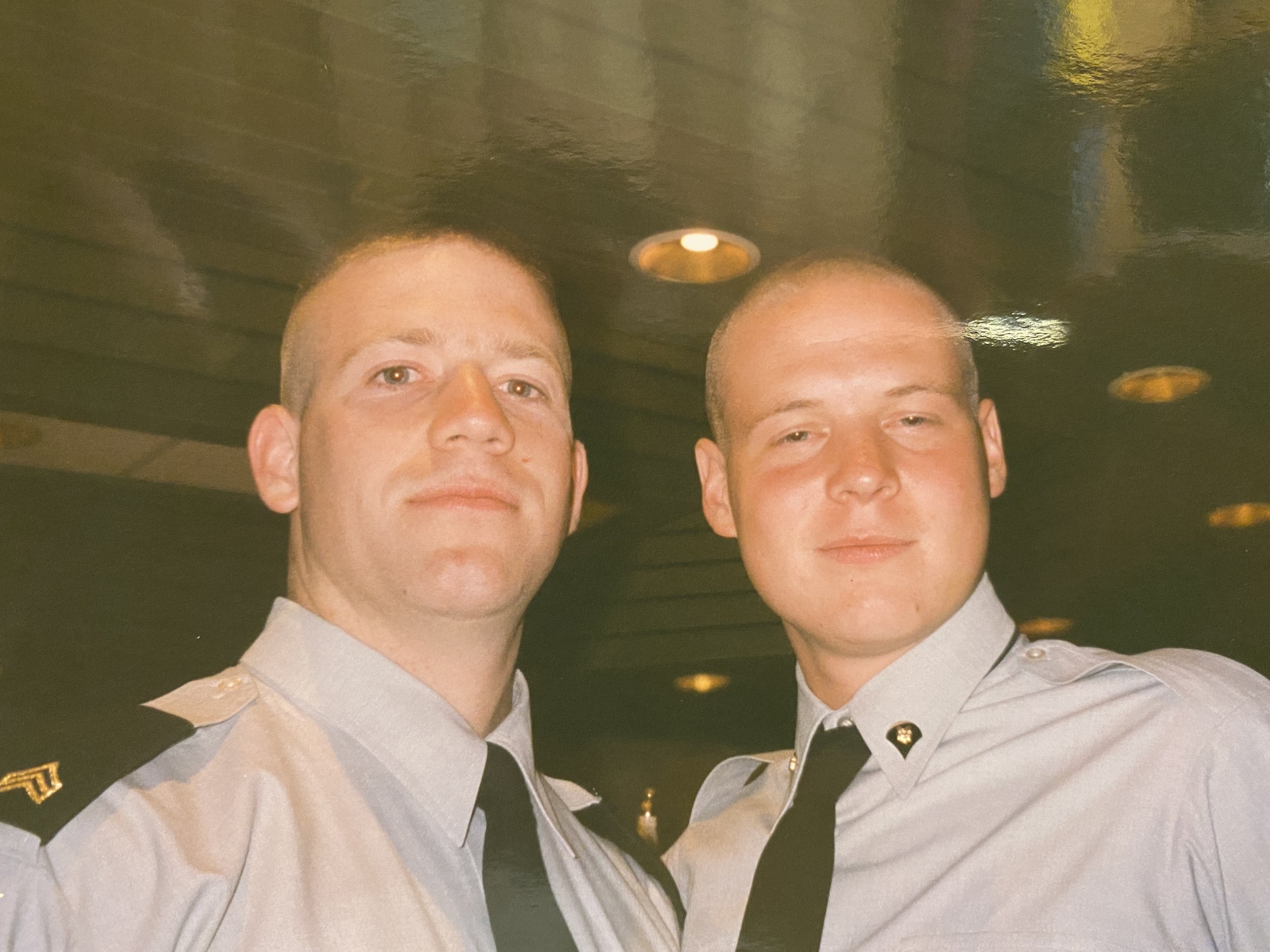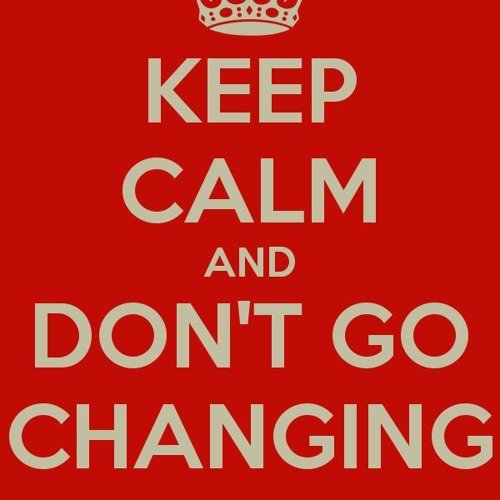We humans tend to overcomplicate things, especially our personal challenges. We spend countless hours and dollars searching for the answers. We listen to all the podcasts and read all of the books. We write in our journals, meditate and ask for advice - ever hopeful that if we just keep thinking about it, we’ll eventually find a clear, and ideally painless, path toward what we’re seeking.
I’ve noticed this tendency in myself, and it’s something that I’ve thought about a lot in recent years. I’m sure you know what I’m talking about. We all have times when we know something is amiss. It is keeping us awake at 3 a.m. or consuming our thoughts while we’re driving in the car. We can literally feel that it needs to be addressed. And here is the worst part - in most cases, we know what we need to do.
For many of our most difficult problems and greatest aspirations, we can find relatively simple solutions or strategies to get us where we want to go. The big gap between where we are and where we want to be is less often about knowing what to do and more often about actually doing what we need to do. But instead of taking swift action, we opt instead to just keep thinking about it. Why are we doing this!?
Whether it is a hard conversation that I need to have, a bad habit that I need to break, or a limiting belief that I just can’t shake, I’ve found that there are always simple and obvious steps that I can take to move meaningfully forward. I will literally say to myself, “Blayne, you’re looking right at it”. Yet, still, I can struggle to do what I know needs to be done.
With the benefit of some personal reflection, lots of help from trusted advisors, and dozens of consulting engagements, I’ve identified three big obstacles that most commonly stand in our way.
1) We conflate challenging with complicated
The first obstacle is that we believe that big problems require big, complicated solutions. There is something unsettling about the idea that a seriously troubling issue could be remedied by a relatively simple solution. It is almost as if that invalidates our worry and suffering. Or perhaps it makes us feel foolish for letting it persist for as long as we have. And the more time that passes, the more we convince ourselves that we’re dealing with some kind of intractable challenge - it must be, or we clearly would have addressed it by now!
To help myself overcome this dynamic, I’ve embraced a mental model called Occam’s Razor. This heuristic suggests that when considering multiple hypotheses or explanations, it’s best to favor the simplest one. Parenting young children has really helped me with this. I love the acronym HALT - Hungry, Angry, Lonely, Tired. When a kid is upset or misbehaving, it typically stems from one or more of these four basic issues. It’s unlikely that they have some kind of learning disability or festering resentment toward their parents; they probably just need a snack and a hug. Adults aren’t much different.
When I’m having some kind of existential crisis and feel totally exhausted, I probably don’t need to rethink my career or move off-grid; taking a half-day and going for a hike with my wife might do the trick.
Feeling sluggish and unmotivated on Monday morning? Should probably skip pizza and beer next weekend.
Getting the silent treatment from a colleague? Maybe just ask how they’re doing.
Is the sales funnel looking a little thin? Might try doubling the number of prospecting calls for the next 30 days and see what happens.
And we need to be careful because for whatever difficulty we’re facing, there is surely some kind of industrial complex built around it and plenty of vendors looking to sell us a cutting-edge solution. Some of them may work, but I’d guess that most of them are making money by appealing to this sense that important problems must have sophisticated (and expensive) solutions.
2. We don’t like the obvious answer
The second obstacle is that the obvious solution is simply unappetizing - we just don’t want to do it. Simple doesn’t equal easy, and while the answer may be very straightforward, it may also be painful.
Not all problems can be solved by a long weekend at the lake or a couple of late nights grinding away. Some challenges require us to make hard decisions. We may have to disappoint somebody or hurt their feelings. We might need to kill a project that just isn’t working out. We may even have to walk away from a relationship that’s killing us. We don’t want to do these things because they suck. And we’re willing to continue suffering a little every day in order to avoid the obvious yet uncomfortable truth.
“No question is so difficult to answer as that to which the answer is obvious. ”
How many people do you know (including yourself) whose life would be markedly better if they could just make one big change? Can you hear yourself saying, “Dude, you just need to quit drinking,” or “This job is ruining your life,” or “You can’t keep eating like this,” or “You’re a great guy, but this isn’t working out, and I’ve got to let you go”...I bet you can. In so many cases, if we’re being really honest, we are clear on what needs to happen. But since we don’t want to do it, we hold off and look for some kind of workaround to emerge, or my personal favorite, the situation to “work itself out”. Any time I catch myself hoping that something will just buff out without my intervention, I know I’m in trouble!
3. We don’t actually want to solve this problem (or achieve this goal)
The third and most overlooked obstacle is that we don’t actually want what we say we want. As a young economics student, I was fortunate to learn the critical difference between stated and revealed preferences. There are a bunch of reasons why we tend to have serious gaps between what we say we value (our stated preferences) and what we truly value (our revealed preferences). It starts during childhood. We want to please our parents and teachers. We want to fit in with other kids. We want to be normal. And in the process, we develop all these ideas about what we should want out of life. We seamlessly adopt the beliefs and values of the people around us, which is just an adaptive human behavior, and it all works just fine until we wake up during our second year of law school wondering why the hell we’re doing this.
When you dig into a troubling aspect of your life or career or relationship, you may discover that you can’t even articulate why you’re doing it. It is entirely possible that you’ve made it a good ways down the road without pulling over to check the map.
Maybe you don’t actually want to be an author or an entrepreneur or a lawyer or whatever title you once felt like you should be? Is it possible that you’re not sticking with your training plan because completing an Ironman really isn’t that important to you? I don’t know the answer to any of these questions, but I’m sure they are worth asking. In moments of frustration or doubt, you may well decide you’re absolutely aligned with your goal, and you just need to power through, in which case see obstacles #1 and #2. But if you look closely at what you’re pursuing and discover that it’s just barking up the wrong tree, then the obvious action might be to simply move on.
We live in a world chock full of choices and possibilities, and it can be difficult to navigate. Don’t make it harder than it has to be. You have intuition, and it can help you. So the next time you’re feeling especially jammed up and you’re not sure what to do, ask yourself these three questions:
Is there an obvious solution here?
Am I willing to take a necessary but uncomfortable action?
Is this what I really want to pursue?
My guess is that at least some of your hard problems have a simple solution, and you’re looking right at it.






























































